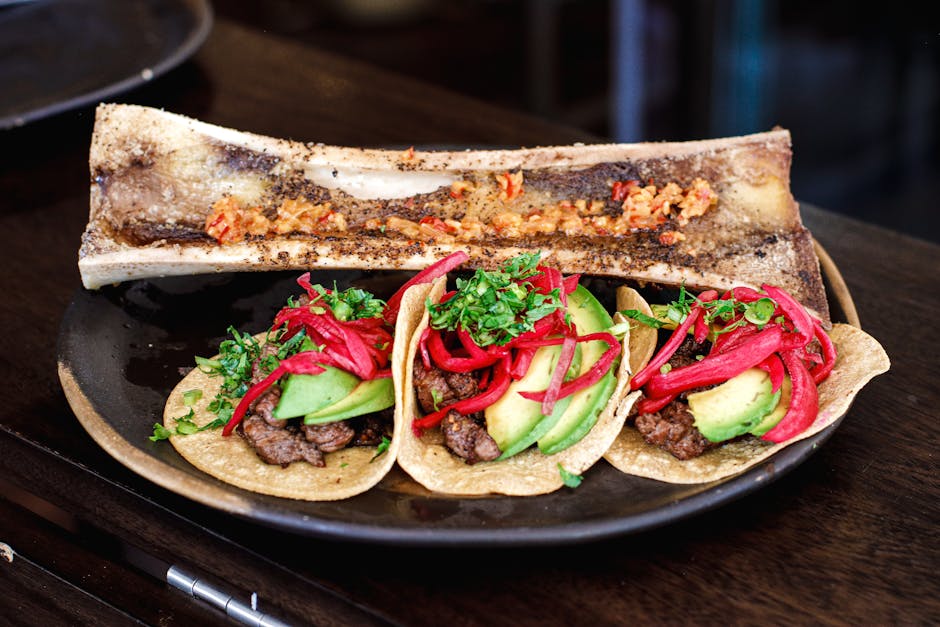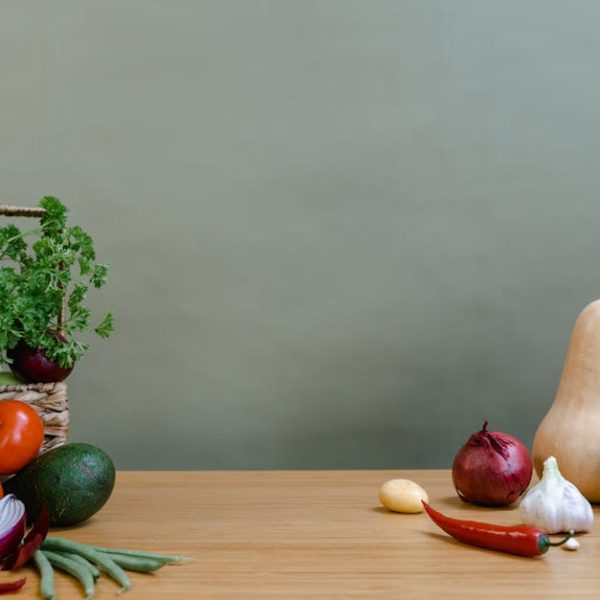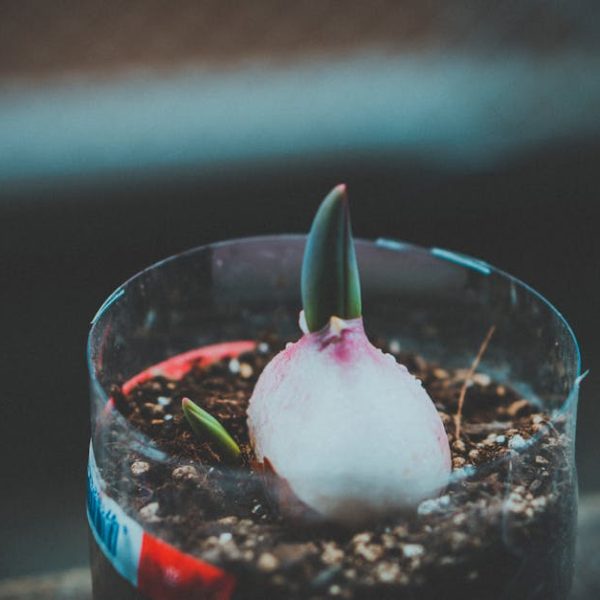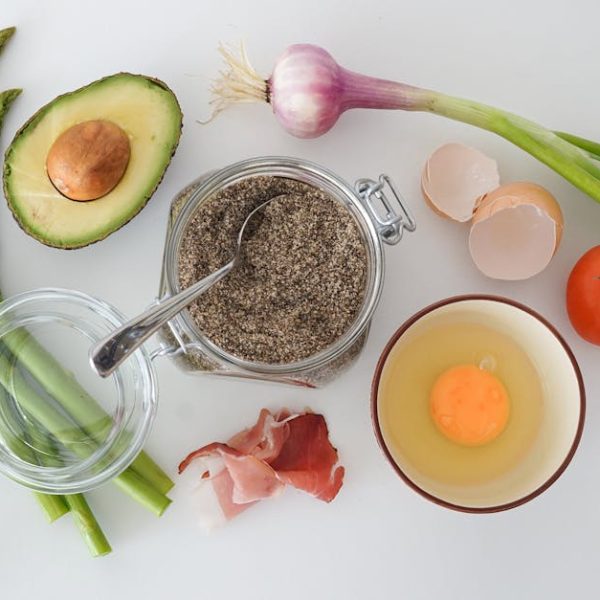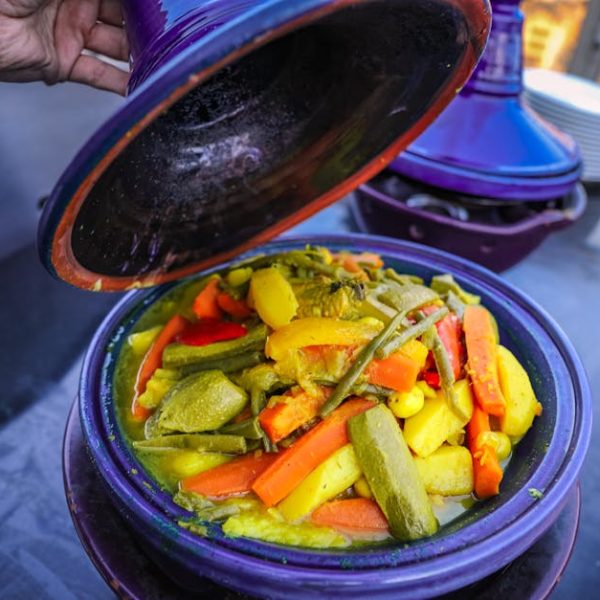When you’re at the grocery store, choosing between red and yellow onions might seem insignificant – after all, they’re just onions, right? Well, not quite. These two onion types, while similar in many respects, actually have several crucial distinctions that can significantly influence the taste, nutrition, and overall success of your culinary creations. In this comprehensive guide, let’s delve into the distinct characteristics of red and yellow onions, exploring their taste profiles, culinary uses, nutrition facts, appearance, storage conditions, and much more.
Difference in Taste
Upon the first bite, you’ll immediately notice a stark difference in taste between red and yellow onions. Red onions bear a subtle sweetness and slight sharpness, making them a versatile component for various dishes. They’re often described as mild and slightly bitter, but there’s an underlying sweetness that makes them ideal for raw consumption.
On the other hand, yellow onions are the robust, full-bodied counterpart. They’re characterized by a strong flavor that tends to mellow and sweeten upon cooking. Their pungent and rich flavor profile makes them the go-to choice for soups, stews, and roasts, where their taste can permeate throughout the dish.
Culinary Applications
Moving on to their culinary uses, both red and yellow onions have carved out their niches in the cooking world.
Favored for their mild taste and charming crimson color, red onions are often used raw, adding a vibrant crunch to salads, burgers, and sandwiches. Their slight bitterness also pairs well with citrus-based dressings and tangy vinaigrettes, making them a salad favorite.
On the flip side, yellow onions shine in cooked applications. Their intense flavor becomes sweeter and more complex when cooked, which explains their common use in hearty stews, deeply flavored sauces, and caramelized onion dishes. They’re stars in the sauté pan, capable of transforming any dish with their caramelized goodness.
Nutritional Differences
Nutrition-wise, both red and yellow onions pack an impressive punch, brimming with essential vitamins and minerals. They contain high levels of vitamin C, B vitamins, and potassium, contributing to immune function, energy production, and heart health, respectively.
However, red onions edge out slightly in terms of antioxidant content. They’re loaded with anthocyanins, a class of compounds that grant them their red hue and are known for their powerful antioxidant properties. Regular consumption of red onions can contribute to improved heart health and a stronger immune system.
Appearance and Storage
Visually, red and yellow onions are easy to distinguish. Red onions, as their name suggests, have a beautiful deep red to purple skin and white flesh tinged with red. They’re also typically smaller and rounder compared to their yellow counterparts. Yellow onions, the most versatile of all onions, are slightly larger with a yellow-brown papery skin.
In terms of storage, both types are fairly low-maintenance, though they require cool, dry conditions. Ensuring proper airflow and avoiding direct sunlight are key to extending their shelf life and maintaining their quality and freshness.
Selection and Preparation
When shopping in the produce aisle, you’ll want to pick onions that are firm, without any cuts, bruises, or blemishes. Also, sniff them to ensure there’s no evidence of a strong odor, which can indicate spoilage.
Preparing both types of onions involves the same steps – removing the outer skin, cutting off the ends, and chopping or slicing according to your recipe. However, red onions are often sliced thinly to moderate their strong flavor when used raw, while yellow onions can be diced or sliced thicker for cooking.
In conclusion, recognizing the unique characteristics of red and yellow onions enables you to maximize their respective culinary potentials, enriching your dishes with unique flavors and nutritional benefits. Whether you’re crafting a vibrant summer salad, caramelizing onions for a rich gravy, or stirring up a hearty stew, knowing the right onion to use can make all the difference.
Red vs. Yellow Onions: Understanding the Key Differences
So, you’re shopping for dinner and you reach the produce section. There’s a display of onions, some red, some yellow; which should you choose? The truth is, the type of onion you select can significantly impact the flavor, texture, and overall outcome of your dish. Not to mention, there are key differences in nutritional content to consider as well! Let’s explore the key differences between red and yellow onions, focusing on taste, culinary uses, nutritional value, appearance, storage, and selection.
Difference in Taste
The taste of red versus yellow onions is distinct:
- Red onions are somewhat sweet and succulent, with a touch of spice that gives them a bit of an edge. This flavor profile makes them perfect for dishes that call for a bit of bite without overpowering the other ingredients.
- Yellow onions, on the other hand, possess a robust intensity that holds up well to cooking. With a pungent, yet somewhat sweet flavor, these onions add a hearty depth that is tantamount to the overall flavor complexity of a wide range of dishes.
Culinary Applications
Not sure when to use what? Here are some helpful tips:
- Red onions are the go-to for dishes that are served raw or slightly cooked, such as salads, sandwiches, or lightly sautéed entrées. This is because their milder flavor is more palatable when uncooked, plus their vivid color adds visual appeal to dishes.
- Yellow onions are more versatile when it comes to cooking. They are fantastic for sautéing, grilling, roasting, and any other method that involves a higher heat and longer cooking time.
Nutritional Differences
Though both are healthy additions to any diet, there are key differences in nutritional content:
- Yellow onions have high levels of vitamin C and fiber, in addition to offering benefits such as lowering blood pressure and aiding with digestion.
ProTip: They’re also slightly higher in carbohydrates and calories, so you may want to moderate your intake if you’re monitoring your caloric consumption.
- Red onions boast significant amounts of vitamins A and K, as well as good levels of iron. They also contain more antioxidants than their yellow counterparts, particularly anthocyanin, the pigment that gives them their bright hue.
Appearance and Storage
Here’s how to tell your onions apart:
- Yellow onions are typically larger and have a thicker skin that is brown. They also have a round shape which makes them easy to slice and dice.
- Red onions, as you might guess, have a deep, red-colored skin and are slightly smaller. They’re also a bit elongated versus round.
Both onion types should be stored in a cool, dark place — the pantry makes a perfect home. You can prolong their shelf life by storing them in a mesh bag to allow for proper ventilation.
Selection and Preparation
Choosing the right onion isn’t difficult if you keep a few things in mind:
- Look for onions that are firm with no visible mold or growths on the skin.
- Choose onions with dry skins; dampness may be an indicator of decay.
When it comes to preparation, both types of onions require similar handling. However, red onions tend to bleed their color when cooked, making them a better choice for uncooked dishes, while yellow onions retain their color well under high temperatures.
Comparison table of the Key Differences between Red and Yellow Onions:
| Red Onions | Yellow Onions | |
|---|---|---|
| Taste | Sweet and spicy | Robust and slightly sweet |
| Culinary Uses | Best for raw dishes | Versatile for various cooking methods |
| Nutrition | High in antioxidants | Rich in Vitamin C and fiber |
| Size | Smaller and elongated | Larger and round |
In summary, red and yellow onions each add unique value to a variety of dishes. By incorporating these tips into your cooking routine, you’re well on your way to becoming a seasoned culinary maestro!
Key Takeaway:
- Red onions are sweet and slightly spicy, best suited for raw dishes like salads and sandwiches. They’re high in antioxidants and vitamins A and K.
- Yellow onions have a stronger flavor that sweetens when cooked, making them versatile in various cooking methods. They are rich in vitamin C, fiber, and offer numerous health benefits.
- Both red and yellow onions are nutritional powerhouses and add strong flavors to dishes. However, they’re best used in different culinary contexts based on their unique taste profiles.
- Proper storage and selection are key to maintaining the freshness and quality of these onions.
In the culinary world, the choice between red and yellow onions can indeed make a world of difference in your dishes. Remember the unique characteristics and uses mentioned here, and feel confident about which onion to pick the next time you are at the grocery store. Remember, it’s not just about adding an onion, it’s about adding the right onion for that burst of flavor and nutrition.
FAQs
Q: Can I substitute yellow onions with red onions in a recipe?
A: Yes, you can, but keep in mind that it might change the flavor and color of your dish due to the unique characteristics of these onions.
Q: Are green onions similar to red or yellow onions?
A: Green onions (or scallions) are a different variety and have a milder flavor compared to red and yellow onions. They’re typically used for garnishes or in oriental cuisine.
Q: I have a recipe that calls for white onions. Can I use red or yellow onions instead?
A: Yes, but remember that white onions have a milder, more delicate flavor, so using red or yellow onions might give your dish a stronger flavor than intended.
Q: Are there any health benefits of eating onions?
A: Absolutely! Onions are rich in vitamins and minerals. They’re great antioxidants, help control blood pressure, benefit digestion, and contribute to heart health.
Q: Are there certain dishes in which I should avoid using red onions?
A: Due to their color and potent flavor, red onions might not be the best choice for dishes that require a milder flavor or a specific color palette.
Feel free to share this article with friends and family who might find it valuable. For more captivating posts and to continue your culinary journey, explore the other posts on our website.
